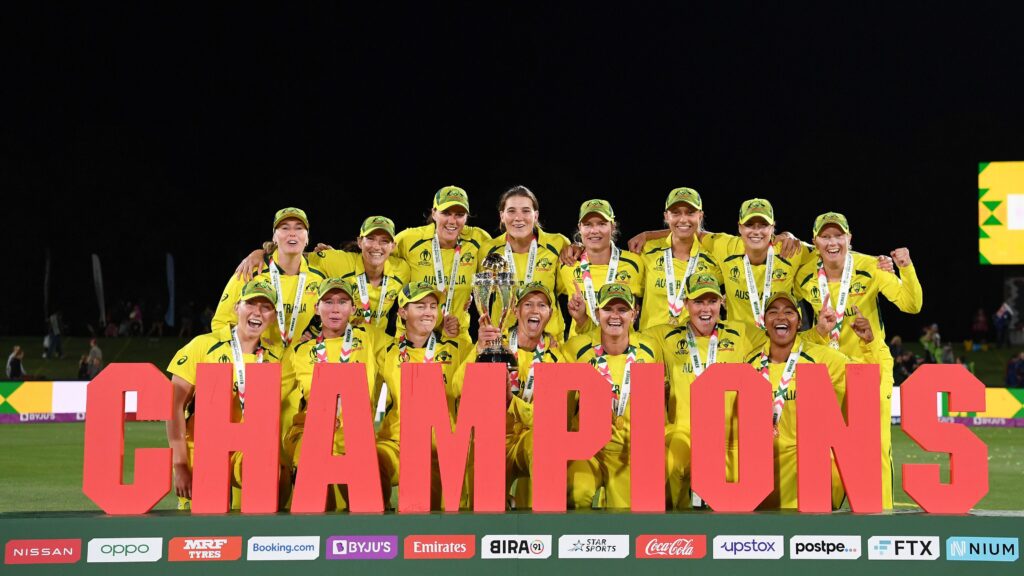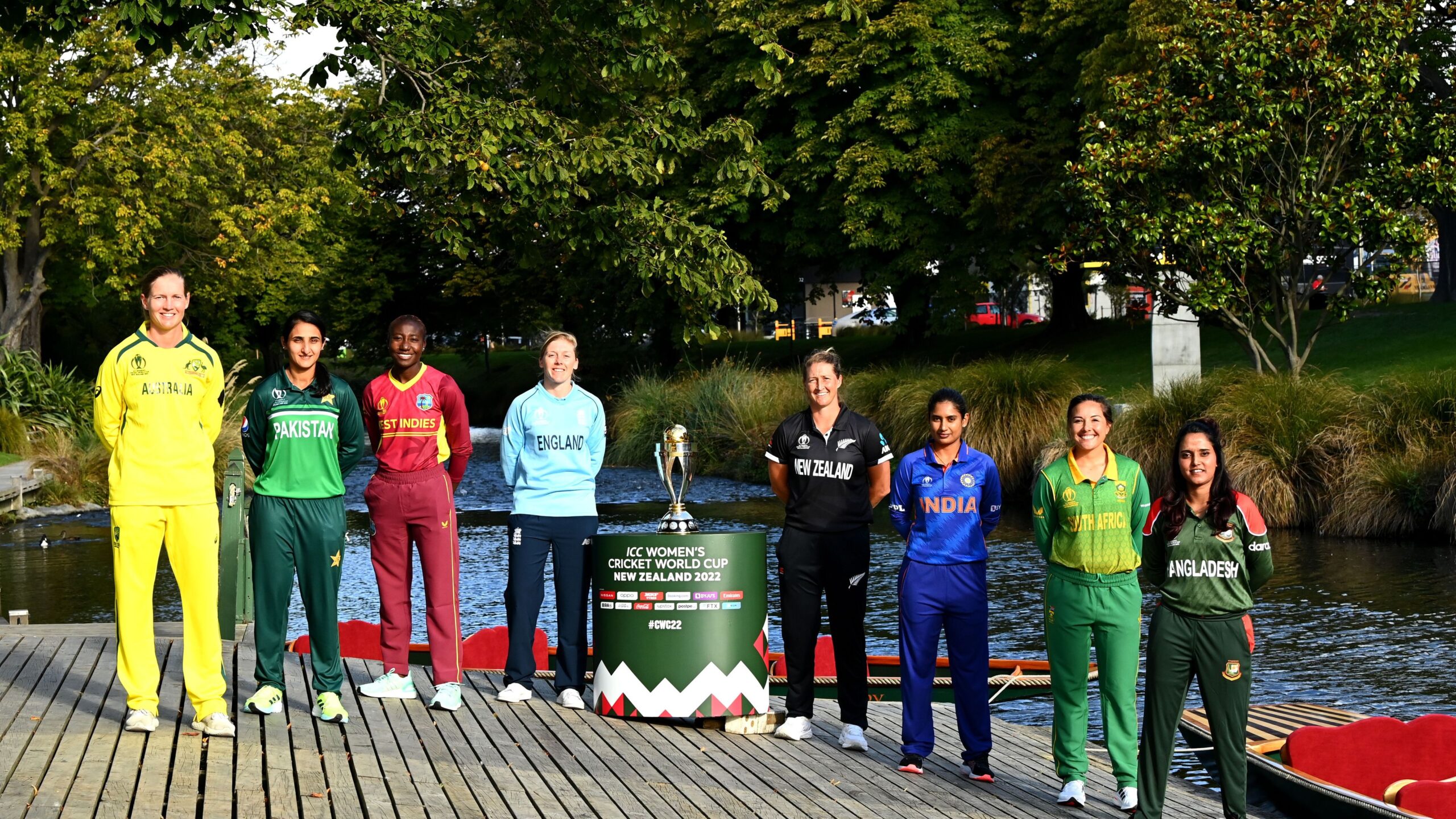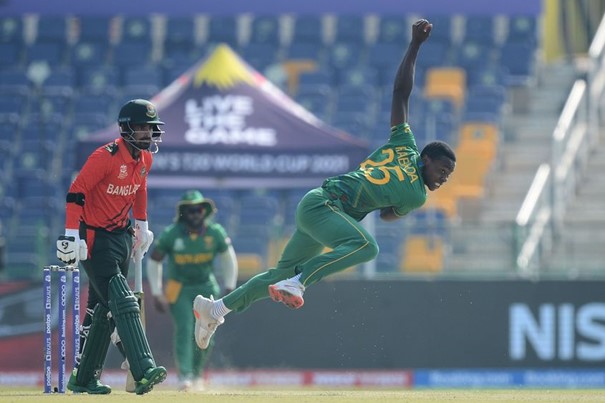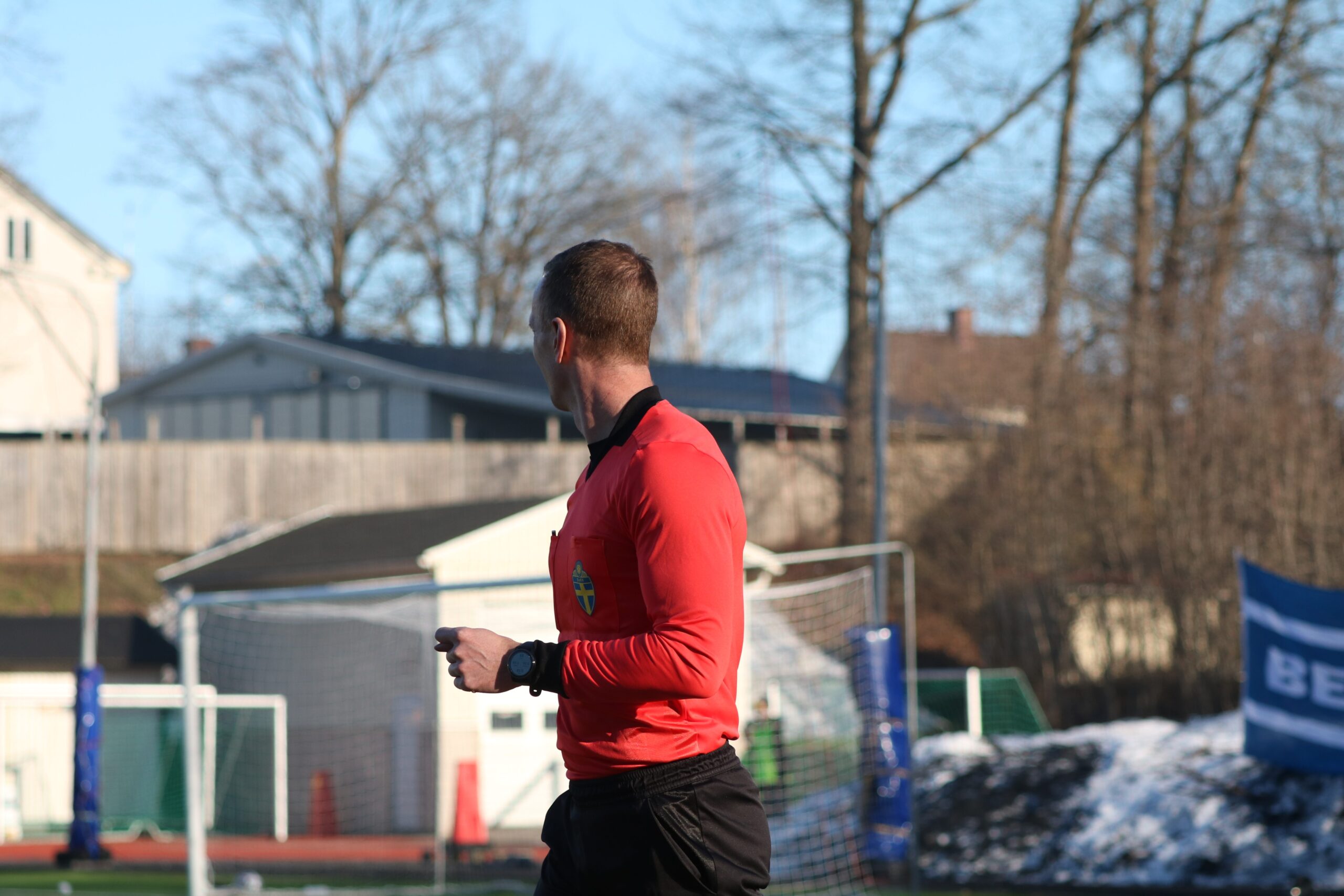World Cup 2022 will go down in the history books as the most competitive tournament. There was drama, there was resilience, but most important of all, there was a competition of high quality. “I do not remember any other tournament of this kind”, Nat Sciver said.
From the beginning of the tournament, it was evident that this tournament was different. No one has thought that the West Indies would defeat the hosts New Zealand in the opener. Especially not West Indies, because they had only won 14 of their last 37 ODIs since the latest World Cup. And only four of those wins come against top nations.
The opening encounter went to the last over, where Deandra Dottin pulled the rabbit out of the hat. She defended six runs of that over. Lightning never strikes twice in the same place, but in New Zealand, it certainly did. The drama continued throughout the four-and-half weeks. Several matches were decided at the last minute of the play. England was involved in some breath-taking encounters, especially against the West Indies when they lost by seven runs.
Hard fought tournament
One of the matches which defined this World Cup played between India and South Africa. The former was forced to win to qualify but could not manage to defeat the Proteas. A match that saw everything, from dropped catches to brilliant work on the field by Harmanpreet Kaur to the no-ball drama of the penultimate ball of the match. It had everything.
Nat Sciver, who scored 148 in the final, stated that this is the hardest fought tournament she has been part of. “The number of close games we have had and the competitiveness of all the games have been brilliant”, she said. “This tournament has been unbelievable; I do not remember any other tournament of this kind.”
Can beat anyone
And rightly so, the debutant, Bangladesh, stunned Pakistan when they registered their first win. Moreover, Bangladesh did challenge top nations, not least South Africa, where Bangladesh bowled South Africa out for 207 but were 32 runs short which could have resulted in one of the biggest upsets in the history of the World Cup.
Heather Knight was in awe this competition turned out to be. She said that she was delighted that each team was able to beat anyone.
“The standard of cricket, competition and tenseness of the matches is a brilliant advert for the women’s game. I think it was bad for us at the start of the competition that everyone was beating everyone, but it is a good place to be”, she said.
Domestic leagues are the key
It has been five years between the World Cup in England and this edition. During that time, big nations, such as England, Australia, and New Zealand, have started their T20 league for women. This is where these women have been able to showcase their skills and master how to perform under immense pressure in front of a huge crowd. WBBL, Women’s Big Bash League, is an example of that, which resulted in a big pool of players for the Australian side.
“The Women’s Big Bash League has provided a nice platform for younger players to be exposed to different scenarios. We have seen with Darcie Brown, Tahlia McGrath and others, they do not look overawed by the situation, which I think the WBBL has played a big role in that”, Meg Lanning said to India.com.

She added: “It is a strong domestic competition, and alongside the Women’s National Cricket League, it provides a great opportunity for players to get game time and learn the game. There is no doubt that that certainly helps our national team to be able to perform as we do.”
The Hundred paying dividends
Apart from the WBBL, England and Wales Cricket Board, ECB, introduced The Hundred last summer. It became a colossal platform for different English players to advertise what skills they sit on alongside their other T20 league Kia Super League, KSL. Some of the players in England’s World Cup squad come from their strong domestic circuit, for instance, Charlie Dean.
Knight admitted that circumstances back home have been improved during the last few years. “The structure back home helps, and things will improve in the upcoming years. A few more contracts and a few more season pros, the competition going to be good for England.”
She also praises The Hundred that, in a way, has helped women’s game going forward. “It is unique, our players playing in front of a massive crowd of 18 000. It will create a generation of players who are used to playing in pressure situations, but it may take a little bit of time”, she said.
Women’s IPL and PSL soon reality
According to ESPNcricinfo, BCCI president, Sourav Ganguly, hinted that from 2023, there will be a full-fledged IPL for Women. It is supposed to be five to six teams in the competition. But they are still waiting for approval from the AGM, Annual General Meeting, before confirming the tournament.
However, Alyssa Healy said she is looking forward to the tournament alongside PSL, which Ramiz Raja, president of the Pakistan Cricket Board, confirmed will take place this year. Healy confirmed that she will put her name in the auction if the leagues become a reality.
“It is exactly where we thought the women’s game needs to go. The IPL in particular – to be able to grow the game in India is incredible. It is an untapped market in the women’s game”, she said. “It will do so much for domestic talent, to showcase what these women can do. India is going to be unbeatable in 10 years.
More international cricket is required
Meanwhile, there is a lot of talk about different leagues providing a platform for players to express themselves. Some nations are still struggling to focus on their women’s national teams. Sri Lanka, for example, has not played any international cricket since 2019.
To have more countries challenging the top nations for the silverware, Knight suggests that it is a must for nations to play more cricket. That is the way they will improve, she stated. “In the future, to keep the competition happening, there needs to be more regular cricket for some of the nations who do not play as much. There needs to be that support throughout different nations, to keep the Women’s game in a healthy state.”
Photograph: ICC


